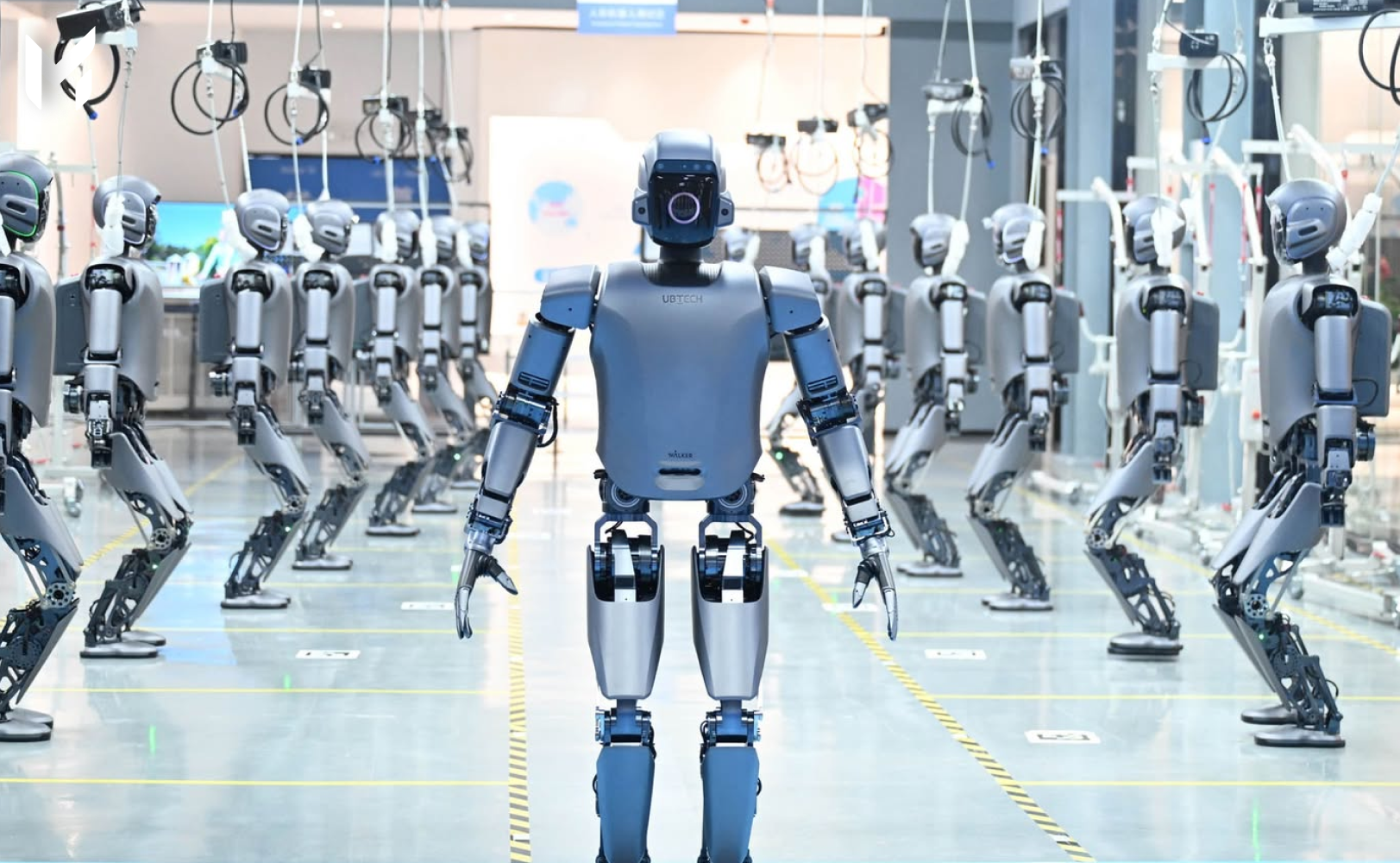
China is installing factory robots at a pace unmatched worldwide, far outstripping the United States, which remains a distant third. A report from the International Federation of Robotics revealed that more than 2 million robots were in use across Chinese factories last year, with nearly 300,000 new installations, more than the rest of the world combined. In comparison, U.S. factories added 34,000.
This growth reflects not only China’s adoption of robotics but also its ability to manufacture them. Backed by government funding and policy support, domestic companies have expanded into robotics, semiconductors, and artificial intelligence. Robots now handle tasks ranging from welding car parts to lifting boxes, reshaping the factory workforce and efficiency.
Since 2015, Beijing has prioritized robotics as part of the Made in China 2025 strategy. This included cheap loans, direct funding, and government incentives for acquisitions. The results have been clear: factories in China have installed more than 150,000 robots annually since 2017, while manufacturing output has soared. By this year, China accounted for nearly a third of all global manufacturing, exceeding the combined output of the U.S., Germany, Japan, South Korea, and Britain.
Robot production within China has also surged. Last year, almost 60% of newly installed robots in China were domestically made, with China capturing one-third of the global supply. Japan, once the leader, saw its share fall to 29%. While China still depends on foreign suppliers for advanced components such as high-end sensors and semiconductors, the country has built a robust ecosystem of startups, including humanoid robot maker Unitree Robotics.
China’s competitive edge lies in its workforce of skilled technicians, programmers, and its AI industry, which increasingly monitors and optimizes factory performance. These factors reinforce China’s position as the global manufacturing powerhouse, with five times as many factory robots as the U.S.